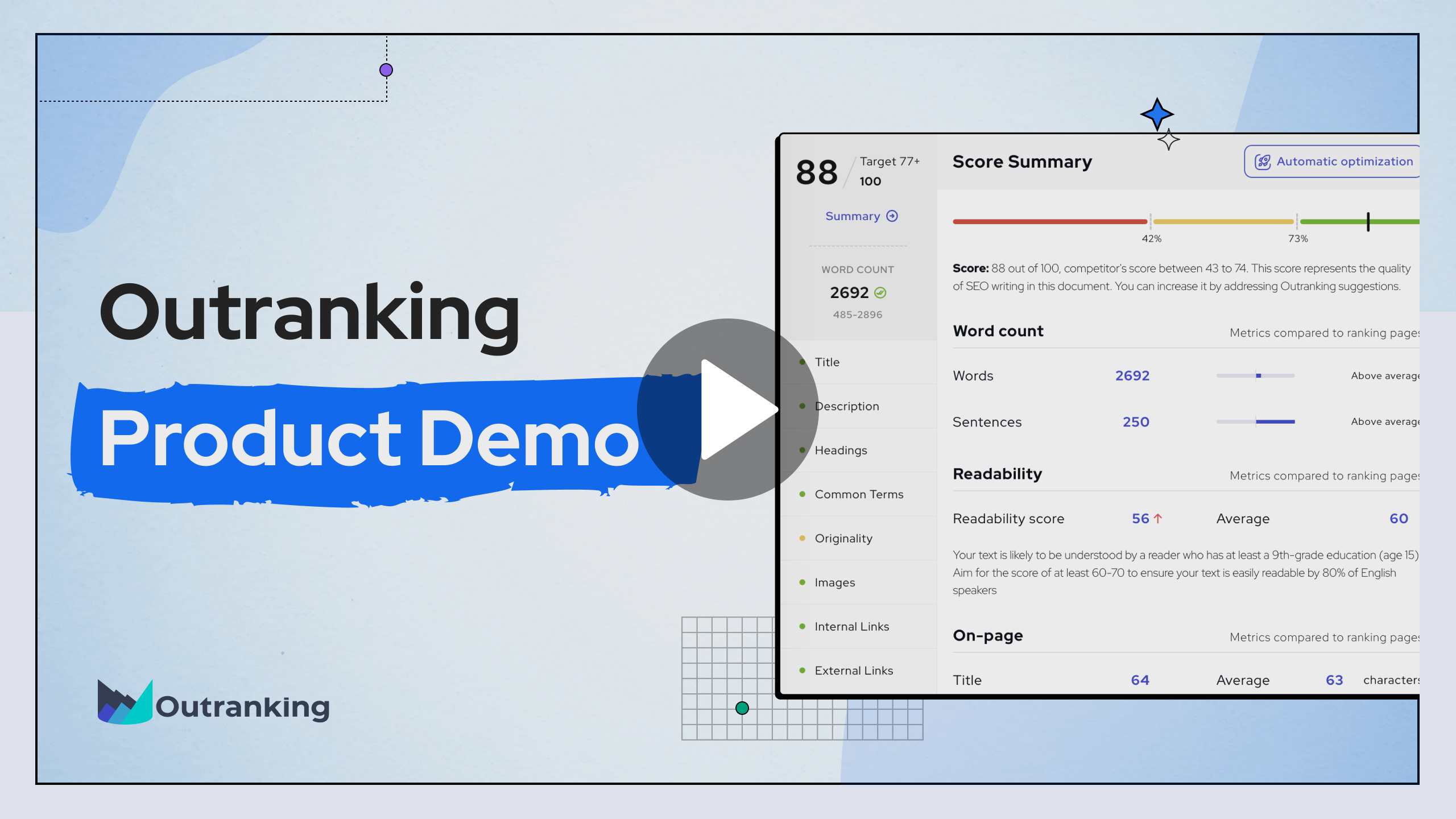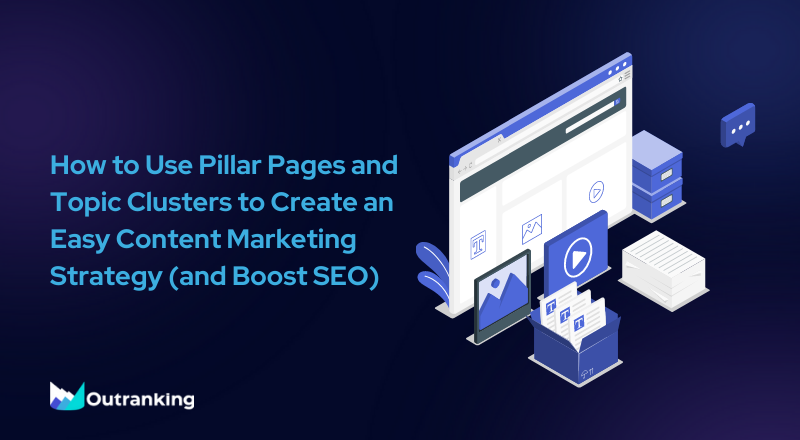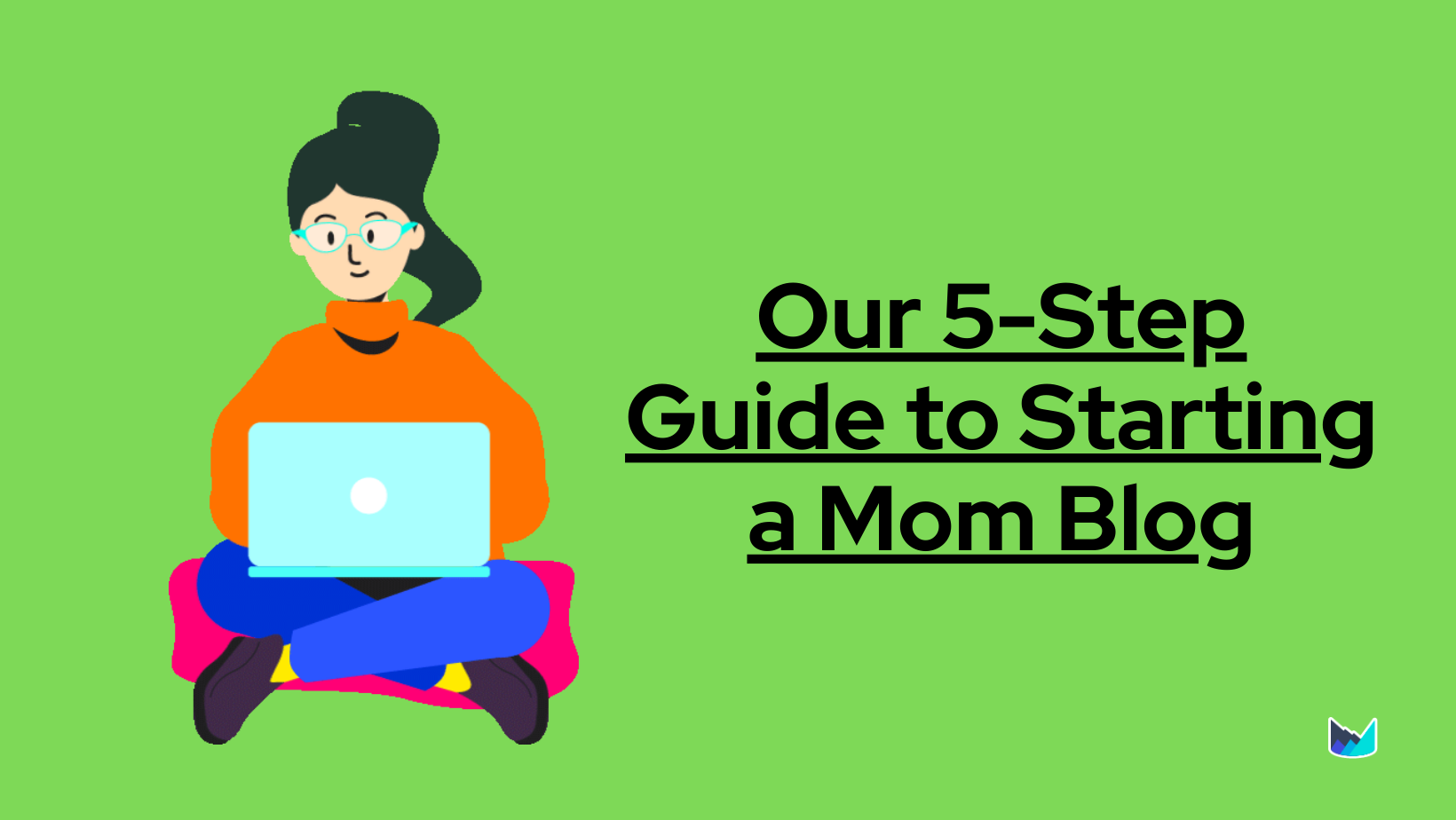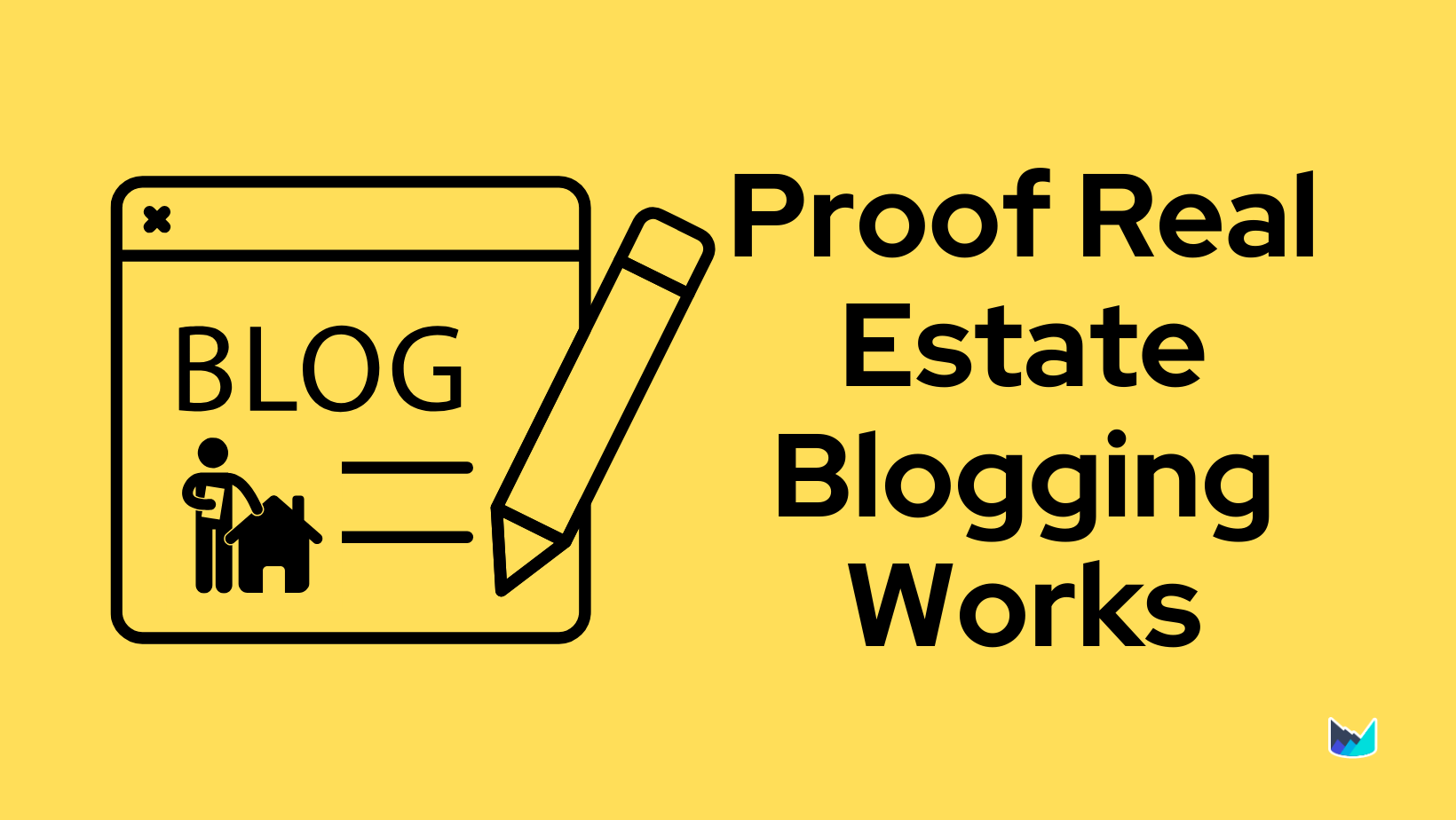- Product
- SEO Content Editor
- SEO Content Strategy
- Content Optimization
- Content Briefs
- AI Assisted Writing
- Keywords Clustering
Preview a demo walkthrough
Outranking the competition with our cutting-edge SEO strategies.

- Pricing
- Resources
- Sign In
- Get Started

How to Use Pillar Pages and Topic Clusters to Create an Easy Content Marketing Strategy (and Boost SEO)
Table of Contents
If you are working on the structure of your website, you may want to try setting up a pillar page or a few pillar posts. Whether you want a better user experience or an SEO boost, a pillar page will guide you on how to create an SEO content strategy to achieve both.
Trying to understand pillars and topic clusters may leave you asking, what are the benefits of a pillar page? The benefit is simple. Your site structure and content will determine whether or not readers keep coming back to your site. If you are able to connect the right keywords to the right pages, it will help your readers and search engines understand exactly what your site is all about.
Creating a strong pillar page takes the guesswork out of deciding what you should write next. All you need to do is “fill in the link” to keep your content flowing. No matter what kind of pillar page you set up, it’s possible to use pillar content to create a decisive content marketing strategy that will boost your SEO.
Keep reading to understand the benefits of a pillar page and how to set one up. Once you understand that creating pillars and topic clusters help with SEO, you can fill out your content calendar and drive your content marketing strategy.
Table of Contents
What is a pillar page?

A pillar page is a broad piece of content that covers multiple questions on one major topic. Each question on a pillar page is answered briefly with links to more in-depth information on subtopics. The pillar page is the center of all subtopics in one topic that guides readers seamlessly to the information they are looking for.
A pillar page, therefore, is naturally epic content that is SEO-friendly. Each pillar page and post is an example of your site’s topic clusters. Pillar content organizes your site, so your readers and search engines understand your expertise and which posts are relevant to each other.
The tricky part of creating a pillar is choosing a topic that isn’t too broad or too narrow. Your pillar page will be longer than a typical blog post because you will have a lot of questions to answer.
However, you need to be able to cover the entire topic, so try not to choose a topic you can’t answer all the questions for.
What is a topic cluster?
A topic cluster or pillar cluster is the structure you build around your pillar pages. The topic and subtopics you choose will all live together in a cluster interlinked together on your website.
One main topic is broken down into subtopics that are answered in their own blog post. Each subtopic is linked back to the main pillar page so that you know they are all internally connected. Separate topics will live on your site within their own cluster.
How topic clusters can make or break your SEO
Topic clusters are a natural way to keep your subject matter organized in one place. You create a bubble of information only on that topic. The more links in that bubble or cluster, the better for business. Your readers will be able to click through your site to get the answers they need, improving your ranking.
Creating pillar pages and topic clusters for your site creates the best site structure for SEO. This will give you the base for great internal linking and additionally help you create a content strategy and timeline for your blog.
If you link to one topic, that link should always be relevant to the topic at hand. Every subtopic should then be linked back to the original pillar page.
Don’t create a topic cluster about writing content and then link to ice cream, for example. Your content won’t come across as relevant to readers or search engines. Irrelevant links will ruin your authority on a subject and interfere with the user experience.
In the end, you’ll want to create multiple topic clusters that are all relevant to the expertise on your site. As with all types of content, you have more than one way of executing a pillar page.
Each variation of a pillar page depends on what kind of content you want to share and how broad your topic is. If you’ve already created content for your blog, creating pillar pages can help you go back and organize it.
Types of pillar pages
Different types of pillar pages offer the option to create the right kind of page for your reader or your content. Each can be used to feature blog posts, lead magnets, ebooks, or ungated content.
Choose a type of pillar page based on how much information you need to share with your readers in one place. Then use that pillar page to organize the content to boost your search engine optimization.
What is a resource pillar page?
A resource pillar page is a reference to similar pages. It’s made up of mostly links. A resource page can be used to organize external resources or your blog’s topic clusters on one page.
Most website pillar page examples are resource pillar pages that are set up like a table of contents. These help guide your reader through your website.
What is a subtopic pillar page?
Subtopic pillar pages organize your blog or website into topic clusters. You can use these pages as new category pages for a personal blog. They highlight the best content on your blog but only list everything related to that one topic. It makes for a great user experience and a good way to direct your readers to the content you want them to read first.
What is a service pillar page?
A service pillar page focuses on the product or service that you provide for your client. This type of page can be set up like a FAQ. Use a service pillar page to answer all the questions about a service that you provide to gain new customers.
What is a 10x pillar page?
A 10x pillar page is in the form of an ebook or ungated guide. You use your owned media or content to offer your user a lot of information on one subject. Your customers can then download the information you provide and take it with them.
The 10x pillar page definition can be confused with a lead magnet. Though you can use a pillar as a lead magnet, it does more for you than gain emails.
What is a 10x content pillar page?
A 10x content pillar page is a web page that contains ten times the words, images, or other elements than a typical page. Therefore, a 10x content page ranks 10x better than any other piece of content on the subject. A high-ranking content page is what you want to strive for if your focus is to gain traffic through SEO.
In this article, we’ll reference content pillar pages, but all marketing content strategies can be applied to any type of pillar page. After all, some great pillar page examples don’t look like common blog posts.
Take a look at HubSpot pillar page examples of the best pages to get you started on your pillar page design. You can also find some pillar page templates to get your writing started.
Why pillar posts are important for SEO
Pillar posts are important for SEO because with one post you set up a topic cluster that guides your entire site structure. Your pillar page shows you how your posts should interlink and makes you the expert on one topic.
The benefits of a pillar page are that they help Google understand the page. Pillar pages:
- – Cover an entire topic, making you the expert
- – Improve the flow of your site through internal links
- – Offer a great user experience, keeping users on your site longer
- – Offer the answers to your users’ questions, all on one site
The biggest key is using internal links the right way to improve SEO.
Why pillar posts are helpful for your content marketing strategy
Pillar posts are helpful for your content marketing strategy because they guide you to what posts you should write next.
Take your pillar subtopics and use them to create outlines for your future blog posts, always knowing where to go back and link to your next topic. To create a full content strategy, include as much detail as possible. Under each section, list important keywords and dates when you plan to post your topics.
For an easy-to-follow content calendar, all you need to do is follow your outline to stay on track, taking the guesswork out of what to write next.
The content outline works whether you write a page with short examples on one topic or a long list of blog posts. As long as you have a subtopic listed, you can go back and write in-depth blog posts for each subject on a pillar page.
Content strategy vs. SEO strategy: How to decide which one comes first
Deciding whether to focus on creating content or on SEO doesn’t have to limit what you can do. The best strategy is to focus on both. If you create good SEO content from the start, you won’t have to go back and try to fix your articles later.
The goal here is to do things differently. Use pillar post best practices and SEO to come up with your content calendar and content strategy. If you haven’t started, you can use your SEO strategy to create a content outline for your blog.
Your SEO keywords become an outline for the content, guiding the content strategy of your blog. Use each subject, keyword, or subtopic as a guide for what content to create next.
Don’t worry if you’ve already chosen to create content. You can also go back and use pillar pages to start an SEO strategy. Pillar pages are a great way to organize the content you’ve already written.
How to write a pillar page
To write a pillar page, you need to choose a broad topic that you can answer fully in one pillar post. Once you have the right topic, you will need to create topic clusters by linking answers to subtopics on other pages.
Creating a pillar page is simple:
1. First, pick a topic.
2. Answer each subtopic quickly in one epic blog post.
3. Write an epic blog post on each subtopic.
4. Create a topic cluster by linking to articles that answer each subtopic fully.
5. Link each article back to the pillar page and each other when relevant.
So, let’s say you have a topic that you want to cover and you’re building a pillar page. In this scenario, you could be in three different places with your site:
- Answering questions on a topic that you haven’t created content for yet
- Organizing your site for content you’ve already created
- Working on a combination of the two
This means that when you set up your pillar page, you may or may not already have content that you’ve written that you want to link to. In this case, you can use your pillar page as a guide for the content you need to create.
Don’t wait until you’ve written every piece of content on a subtopic to set up your pillar page. Instead, link “out” to relevant (non-competitor) websites and link “in” to the content you currently have that is relevant.
How to make a content calendar from your pillar page
To make a content calendar from your pillar page, make a list of your topics, subtopics, and content that should be linked. Use each subtopic as a working blog post title and list keywords needed in each post.
Use your pillar post as a list for your content strategy and create content to fill your blog. Instead of focusing only on keywords for each post, focus on the topic you chose for your pillar page. Each topic and subtopic creates a list that you can then add keywords to.
From there you have a list of blog posts that need to be written for your website. You can then put your blog posts in order and add a date to your calendar.
Be sure to link each blog post to the pillar page and each other when relevant. This naturally creates the perfect inner linking for the SEO on your website.
At that point, from your pillar page, you will have a content calendar that:
- Lists subtopics (your blog posts)
- Has keywords to write about in that subtopic
- Indicates the order in which those posts should be written (with a date)
- Shows the blog posts you should link to
This content calendar template can then also be used to create a content calendar for social media if you need it as well.
A hypothetical example of a pillar page and how to make a content calendar from it:
1. Use your pillar page topic as your main content. Example: Content Writing.
2. Take each subtopic on your pillar page and create a blog post title. Example: Hiring a Content Writer.
3. List each blog post in the order mentioned on your pillar page and add the date they will be posted.
4. Save any of the data or research you used from your pillar page for quick access when you are ready to write your blog posts.
5. List keywords you plan to include in each blog post title.
6. List the other blog posts that you will link to under each blog post title.
7. Write an epic post on a subtopic. Example: Types of Content Writers.
8. Link each of the subtopic blog posts back to the main pillar page and to each other when relevant.
How to use a pillar page as an outline for your content strategy

To take your continent calendar a step further, order your calendar based on the order of the subtopics in your pillar post. You can date each post and link it to your content marketing strategy across the board.
For example, if you have a following on social media or an email list, send out the pillar page and let your audience know when to check back for the next subtopic.
If you don’t have a social following, don’t worry. Pillar pages work to build your traffic by increasing your organic search traffic. However, if you have the opportunity to easily gain traffic from more than one source, you should go for it.
As you create the content for your pillar page, link inward to each topic. Each time you update, you are adding new content and keeping that pillar page relevant and active.
Have you already created all the content you need for your pillar page? Great! Simply link to the relevant content and check to make sure your keywords are up to date. You can send out emails or social media posts as a reminder to check in for timely, relevant content.
How to use a pillar post to set up internal links
To use pillar posts to set up internal links, simply organize all of your blog posts into relevant topic cluster categories and link them together. Whether you have 10 posts or 50 posts, each article will have a topic page it should be linked to.
You might have heard of the target of writing 50 blog posts to become relevant in Google’s eyes. But the truth is that SEO has changed in recent years. A perfect schedule and the number of blog posts aren’t going to ensure that you rank.
The quality of your content will. So instead of chasing 50 posts and writing one post every Wednesday, try shooting for consistently epic content whenever you can.
What if you’ve already written 50 posts?
If you’ve already posted 50 posts with no organization or content strategy, use pillar pages and posts to organize them and get back on track.
How to create a pillar page out of blog posts you’ve already written:
1. Determine what the main topic is in most of your posts.
2. Place each of your posts in one of the most relevant categories and get rid of dated, underperforming, or bad copy.
3. Make a pillar page for each main topic. Use subtopics as H2 headers on your pillar pages.
4. Answer each question and link back to the blog post that gives you the answers in depth.
5. Go through each post and update with fresh keywords and a more in-depth analysis.
6. Add new posts into new subcategories on your pillar pages.
Once you’re ready to explore a new topic, consider making a new pillar page. Remember that your website should be as focused as possible. You shouldn’t have more than a few pillars but instead a large number of subtopics in those pillars.
Linking using pillar pages will give you the opportunity to refresh your SEO. You’ll be surprised which posts suddenly get a boost and start ranking better. The key is to use your pillar page as a tool to explain to search engines and your readers what it is you are focused on.
Everyone will understand what your goal is and be able to easily find the answers to the questions they have. Every update is an opportunity to repurpose content and rank for a different keyword under a similar topic cluster. When in doubt, try it out. If you’re not sure which keyword to focus on, try both and watch how each article performs for you.
Everything you do should be a case study in improvement. SEO is ever-changing, so keeping up with the latest tools that help you execute the work faster will save you time and allow you to adjust your strategy, even when there is another dreaded update.
How to use a pillar page to organize your site
Even your blog post categories can work like mini pillar posts. They can be pages that simply link to each blog post that belongs in each topic cluster. If you have a ton of blog posts, this is the best place to start to organize and determine what your pillar page topics should be.
In most cases, your pillar pages and blog post topics will match. The only difference between category pages and pillar posts is that category pages are straight to the point. Category pages simply list all the blog posts under the topic, starting with your longer pillar post on the same subject.
A pillar page that links to each blog post becomes a specific and clear way for Google to understand what your blog is about. Use a pillar page to direct traffic to the right topic within your blog.
For example, all the posts about content writing stay on one pillar page, all linking to each other, while another pillar page about digital marketing does the same. In this case, these posts would never link to each other.
Ready to create your own pillar page?
Pillar pages are epic posts or pages that answer every question under one topic. Each subtopic in a pillar is then answered with a link to an epic post, creating an amazing topic cluster for your website.
Every topic cluster gives you keywords and structure that can help you create a content strategy without creating pages and pages of a content marketing strategy guide. A pillar page is like a cheat sheet for you to reference, so you know which post to write next.
You can even use it to alert your readers where to find the answer to their next question. This helps you create a social media and email marketing strategy as well.
Every time you write a post, you will already know the keywords to use and which posts to use for internal linking when it’s time to write a new post.
To make the process simpler, tools like Outranking.io include the right keywords for your pillar posts, pillar pages, and the supporting posts that follow. Choose your topic as your main keyword, and the program will decide all the keywords you should include in each post.



